Home>Garden Essentials>How To Collect Seeds From Lettuce


Garden Essentials
How To Collect Seeds From Lettuce
Modified: August 28, 2024
Learn how to collect seeds from your lettuce plants in your garden and save them for future plantings. Step-by-step guide and expert tips for successful seed collection.
(Many of the links in this article redirect to a specific reviewed product. Your purchase of these products through affiliate links helps to generate commission for Storables.com, at no extra cost. Learn more)
Introduction
Welcome to the world of gardening! There’s nothing quite as satisfying as growing your own plants and seeing them flourish. If you’re a fan of fresh, crisp salads, then lettuce should definitely be on your list of crops to grow. Not only is lettuce easy to cultivate, but it also produces an abundance of seeds that you can collect and store for future plantings.
Understanding the process of collecting lettuce seeds is essential for any gardener who wants to save money, maintain a sustainable garden, or simply indulge in the joy of seed saving. In this article, we will delve into the world of lettuce seeds and walk you through the steps required to successfully collect and store them.
But before we jump into the process, let’s take a moment to explore what lettuce seeds are and why they are worth collecting.
Key Takeaways:
- Lettuce seeds are tiny structures that hold the genetic information for growing new lettuce plants. Collect them when the seed pods turn brown, and store them in a cool, dry place for future use.
- To successfully collect lettuce seeds, choose healthy plants, use the right tools, and clean and store the seeds properly. Share your surplus seeds with other gardeners to foster a sense of community and diversity.
Read more: How To Get Seeds From Lettuce
Understanding Lettuce Seeds
Lettuce seeds, also known as “achenes,” are the tiny, ovule-containing structures that develop after the flowering and pollination of lettuce plants. These seeds are essential for lettuce reproduction, and they hold the genetic information needed to grow new lettuce plants.
Each lettuce seed is encased in a protective outer coat called the seed coat. This coat serves to protect the delicate embryo inside and ensure its survival until the conditions are right for germination. When the seed coat is exposed to the right combination of moisture, temperature, and light, it triggers the germination process, leading to the growth of a new lettuce plant.
When lettuce plants flower, they produce slender stalks with clusters of small yellow flowers. Bees, butterflies, and other pollinators play a crucial role in transferring pollen from the male flowers to the female flowers, enabling fertilization to occur. Once fertilized, the female flowers develop into seed pods, which eventually turn brown and dry out.
Inside a lettuce seed pod, you’ll find numerous seeds. Each seed is equipped with all the necessary genetic material to develop into a mature lettuce plant. It contains the instructions for leaf shape, texture, color, and flavor traits that will be expressed in the future plants.
Now that you have a basic understanding of lettuce seeds, let’s move on to the next section, where we’ll discuss when the best time to collect lettuce seeds is.
When to Collect Lettuce Seeds
The timing of collecting lettuce seeds is crucial for their success. It’s a delicate balance between allowing the seeds to fully mature and ensuring that they have not been dispersed by wind or other natural elements.
In general, you should wait until the lettuce plant has completed its life cycle and started to dry out. This typically occurs when the plant has finished flowering and the seed pods have turned a pale brown color. The seeds inside the pods should be fully formed and hard when gently pressed between your fingers.
It’s important to note that lettuce seeds are easily dispersed by wind, so waiting too long to collect them can result in them being scattered in your garden or beyond. To prevent this, it’s best to monitor the progress of the seed pods carefully and collect them as soon as they are ready.
Another method to determine the appropriate time for seed collection is to look for signs that the seeds are naturally dispersing. When the seed pods begin to crack open, revealing the seeds inside, it’s a good indication that they are ripe and ready for collection.
By ensuring that the lettuce seeds are mature but not yet dispersed, you can maximize the chances of successfully collecting and storing them for future use.
Now that we understand the timing, let’s move on to the next section, where we’ll discuss how to choose the right lettuce plant for seed collection.
Choosing the Right Lettuce Plant
When it comes to collecting lettuce seeds, not all lettuce plants are created equal. To maximize your chances of obtaining high-quality seeds, it’s essential to choose the right lettuce plant for seed collection.
First and foremost, select a lettuce variety that is known for its ability to produce viable seeds. Some lettuce varieties, known as “open-pollinated” or “heirloom” varieties, tend to have better seed viability compared to hybrid varieties. These open-pollinated varieties have been selected and bred over generations, resulting in plants that reliably produce seeds with desirable traits.
When choosing a lettuce plant for seed collection, look for healthy, vigorous plants. Avoid plants that are showing signs of disease, pest infestation, or abnormalities. These plants may have compromised genetic material that can result in poor-quality seeds.
Additionally, consider the specific characteristics and traits you want to preserve in your lettuce seeds. Are you looking for a specific leaf shape, color, or flavor? Select a plant that exhibits these characteristics strongly. This way, you can ensure that the seeds you collect and plant in the future will produce lettuce plants with the desired traits.
Lastly, keep in mind that lettuce plants have different maturity rates. Some lettuce varieties mature quicker than others. If you live in an area with a short growing season, choose lettuce varieties that have a shorter maturity time to increase the chances of obtaining fully mature seeds before the temperature drops.
By selecting the right lettuce plant for seed collection, you can set yourself up for success in growing future lettuce crops with desirable traits. Now, let’s move on to discussing the tools you’ll need for seed collection.
Tools Required for Seed Collection
Collecting lettuce seeds requires a few basic tools to ensure a successful and efficient process. While you don’t need any specialized equipment, having the following tools on hand will make the seed collection process much easier:
- Gloves: Wearing gloves will protect your hands from any potential irritants or sharp edges while handling the lettuce plants and seed pods.
- Pruning Shears or Scissors: These tools will allow you to carefully harvest the mature seed pods from the lettuce plants without damaging the seeds inside.
- Small Paper Bags or Envelopes: Use these to store the seed pods once you’ve harvested them. Paper bags and envelopes allow for air circulation, preventing moisture build-up and mold formation.
- Markers or Labels: Labeling your seed pods with the variety and collection date is crucial for proper seed organization and future planting.
- Twine or Rubber Bands: These can be used to secure the tops of the paper bags or envelopes, preventing seeds from accidentally spilling out.
- A Tray or Clean Surface: Having a clean and flat surface will come in handy for sorting and processing the seed pods.
- A Large Bowl or Bucket: This will serve as the container to collect the seed pods as you harvest them, making it easier to carry them to your workspace.
Having these basic tools will make the seed collection process efficient and organized, ensuring that your collected lettuce seeds remain viable for future use.
Now that we have our tools ready, let’s move on to the steps involved in collecting lettuce seeds.
After the lettuce plant flowers and the flowers turn into fluffy white seed heads, you can collect the seeds by gently shaking the seed heads into a paper bag or container. Then, store the seeds in a cool, dry place for future planting.
Read more: How To Get Seed From Lettuce
Steps for Collecting Lettuce Seeds
Collecting lettuce seeds is a straightforward process that involves a few simple steps. By following these steps, you can ensure that you gather mature and viable seeds for future planting:
- Select a mature lettuce plant: Choose a lettuce plant that has finished flowering and has seed pods that are beginning to turn a pale brown color. Avoid plants that show signs of disease or pest damage.
- Harvest the seed pods: Using clean pruning shears or scissors, carefully cut the seed pods from the lettuce plant. Place the harvested seed pods in a large bowl or bucket.
- Remove any excess debris: Once you have harvested all the seed pods, take a moment to remove any leaves or other debris that may have fallen into the bowl.
- Transfer the seed pods to paper bags or envelopes: Gently transfer the seed pods from the bowl to small paper bags or envelopes. Be sure to label each bag or envelope with the variety and collection date.
- Seal and secure the bags or envelopes: Use twine or rubber bands to secure the tops of the paper bags or envelopes, preventing the seeds from accidentally spilling out.
- Store the seed pods in a cool, dry place: Find a cool and dry location to store the seed pods until you are ready to clean and store the seeds. Avoid places with high humidity, as this can reduce the seed viability.
Following these steps will allow you to collect lettuce seeds successfully. Remember to handle the seed pods with care to avoid damaging the delicate seeds inside.
Next, we’ll explore how to clean and properly store your harvested lettuce seeds to ensure their longevity.
Cleaning and Storing Lettuce Seeds
After you’ve collected the lettuce seed pods, the next step is to clean and properly store the seeds. Cleaning the seeds helps remove any debris or excess plant material, ensuring their longevity and preventing the growth of mold or bacteria. Here’s how to clean and store your harvested lettuce seeds:
- Dry the seed pods: Transfer the seed pods to a clean, dry surface and allow them to fully dry for a few weeks. This will make it easier to extract the seeds from the pods.
- Separate the seeds from the pods: Once the seed pods are completely dry, gently break them apart to release the seeds. Depending on the lettuce variety, the seeds may easily separate from the pods or require a bit of gentle shaking and rubbing.
- Remove any remaining plant material: Use a fine-mesh sieve or your hands to sift through the seeds and remove any remaining plant debris or chaff. Alternatively, you can gently blow on the seeds to help remove lighter debris.
- Screen or winnow the seeds: For larger quantities of seeds, you can use a screen or winnowing process to further clean and separate the seeds from any remaining debris. This can be done by pouring the seeds and debris from one container to another in front of a gentle breeze or using a fan to blow away the lighter debris.
- Label and store the cleaned seeds: Once the seeds are clean, ensure they are completely dry before storing them. Label each package or container with the variety and collection date, and place the seeds in airtight containers such as glass jars or seed storage envelopes. Store the containers in a cool, dark, and dry place, such as a refrigerator or a low-humidity basement.
Remember to regularly check your stored lettuce seeds for any signs of moisture or deterioration. If you notice any mold, discoloration, or foul odor, it’s best to discard the affected seeds and reevaluate your storage conditions.
By following these steps, you can clean and store your harvested lettuce seeds properly, ensuring their viability for future plantings.
Now that you’ve learned the process of cleaning and storing lettuce seeds, let’s move on to some tips for successful seed collection.
Tips for Successful Seed Collection
Collecting lettuce seeds can be a rewarding endeavor, and with a few tips in mind, you can increase your chances of a successful harvest. Here are some helpful tips to keep in mind:
- Start with healthy plants: Select robust, disease-free lettuce plants for seed collection. Healthy plants are more likely to produce quality seeds.
- Isolate varieties: If you are growing multiple lettuce varieties, make sure to separate them by a distance that prevents cross-pollination. This will help maintain the purity and integrity of each variety’s seeds.
- Allow for adequate spacing: Provide enough space between lettuce plants to allow for proper airflow and minimize the risk of diseases. Crowded plants can result in decreased seed production.
- Be patient: Wait until the seed pods are fully mature and the lettuce plants have completely dried out before harvesting the seeds. Premature seeds may not germinate successfully.
- Use proper storage containers: Store your cleaned and dried lettuce seeds in airtight containers, labeled with variety and date information. This will help maintain their viability and ensure you can easily identify them in the future.
- Check for seed viability: To test the viability of your stored lettuce seeds, you can conduct a germination test. Moisten a paper towel, place a few seeds on it, and fold the towel over. Keep it in a warm place and check for germination after a week. If a high percentage of seeds sprout, they are still viable.
- Save excess seeds: Collect more seeds than you need, as it provides a buffer in case of any unforeseen issues or unsuccessful germination rates.
- Share and exchange seeds: Participate in seed swaps or share your surplus seeds with fellow gardeners. It’s a wonderful way to diversify your seed collection and foster a sense of community.
By following these tips, you can ensure a higher success rate in your lettuce seed collection efforts and expand your seed bank for future plantings.
Now that you’re armed with helpful tips, it’s time to wrap up our exploration of lettuce seed collection.
Conclusion
Congratulations on completing your journey into the world of lettuce seed collection! You now have the knowledge and tools necessary to successfully gather and store lettuce seeds for future plantings. By understanding the lifecycle of lettuce plants, the ideal time to collect seeds, and the steps involved in cleaning and storing them, you have gained valuable skills that will benefit your gardening endeavors.
Remember, collecting lettuce seeds not only saves you money but also allows you to preserve and pass on desirable traits from one generation of plants to the next. The process is both rewarding and sustainable, enabling you to cultivate a diverse and thriving garden.
Keep in mind the tips we covered, such as starting with healthy plants, properly labeling and storing your seeds, and conducting germination tests to assess seed viability. Embrace the opportunity to share your excess seeds with fellow gardeners, fostering a sense of community and encouraging seed diversity.
Whether you’re a seasoned gardener or just starting on your green-thumb journey, collecting lettuce seeds is a fulfilling and educational experience. So go ahead, venture into your garden, choose the perfect lettuce plants, and embark on a seed collection adventure that will yield bountiful harvests for years to come.
Happy gardening and seed collecting!
Frequently Asked Questions about How To Collect Seeds From Lettuce
Was this page helpful?
At Storables.com, we guarantee accurate and reliable information. Our content, validated by Expert Board Contributors, is crafted following stringent Editorial Policies. We're committed to providing you with well-researched, expert-backed insights for all your informational needs.
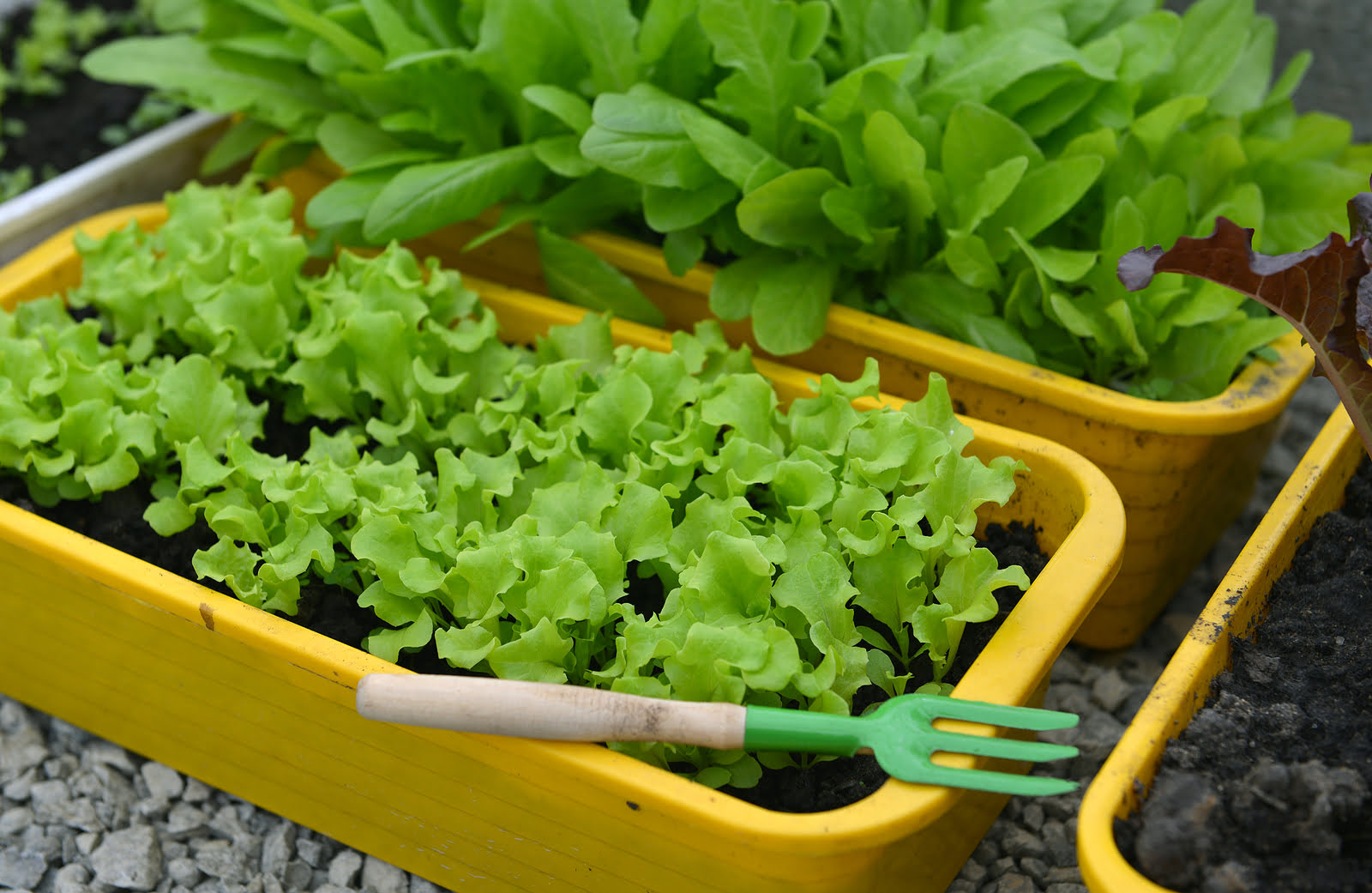
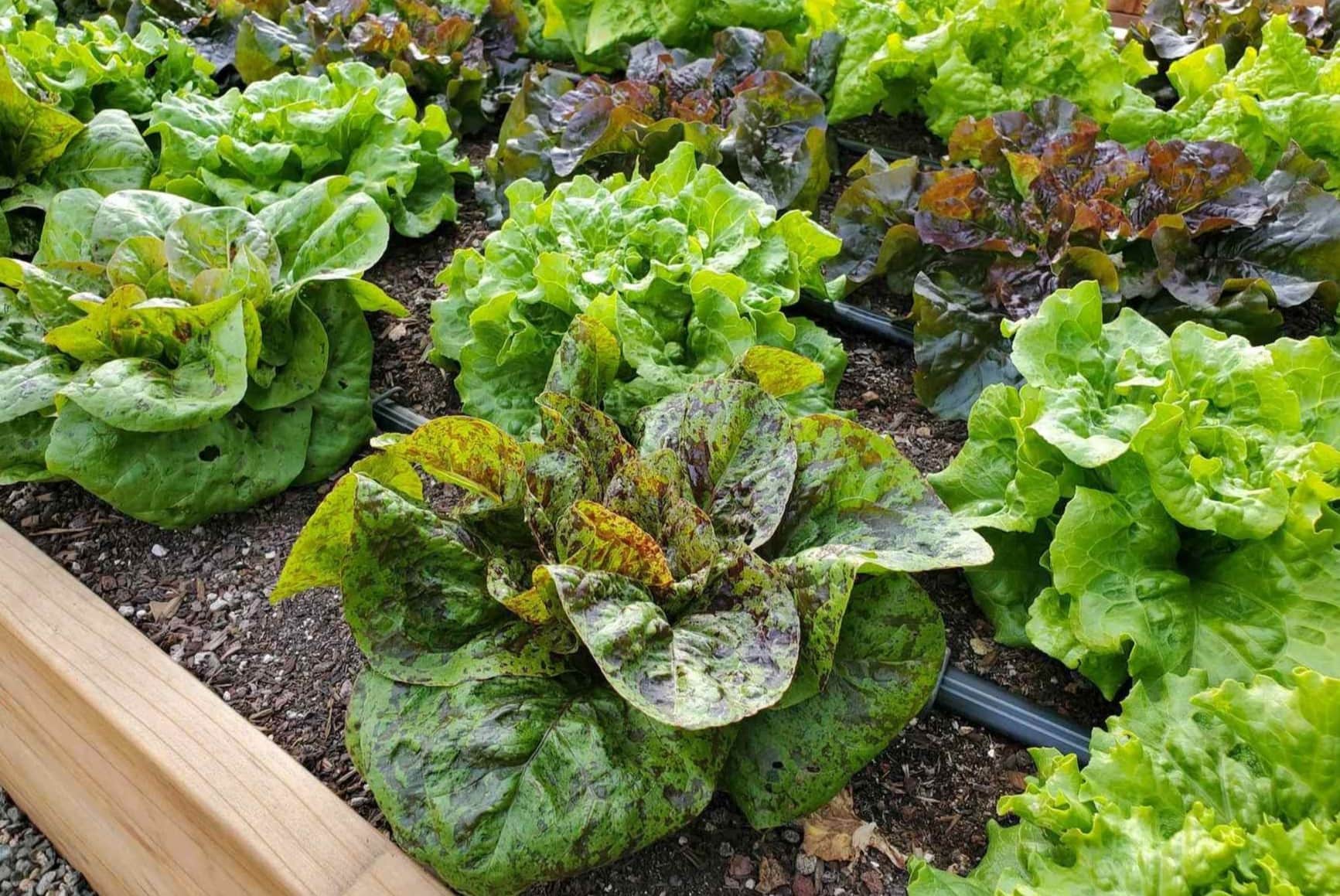
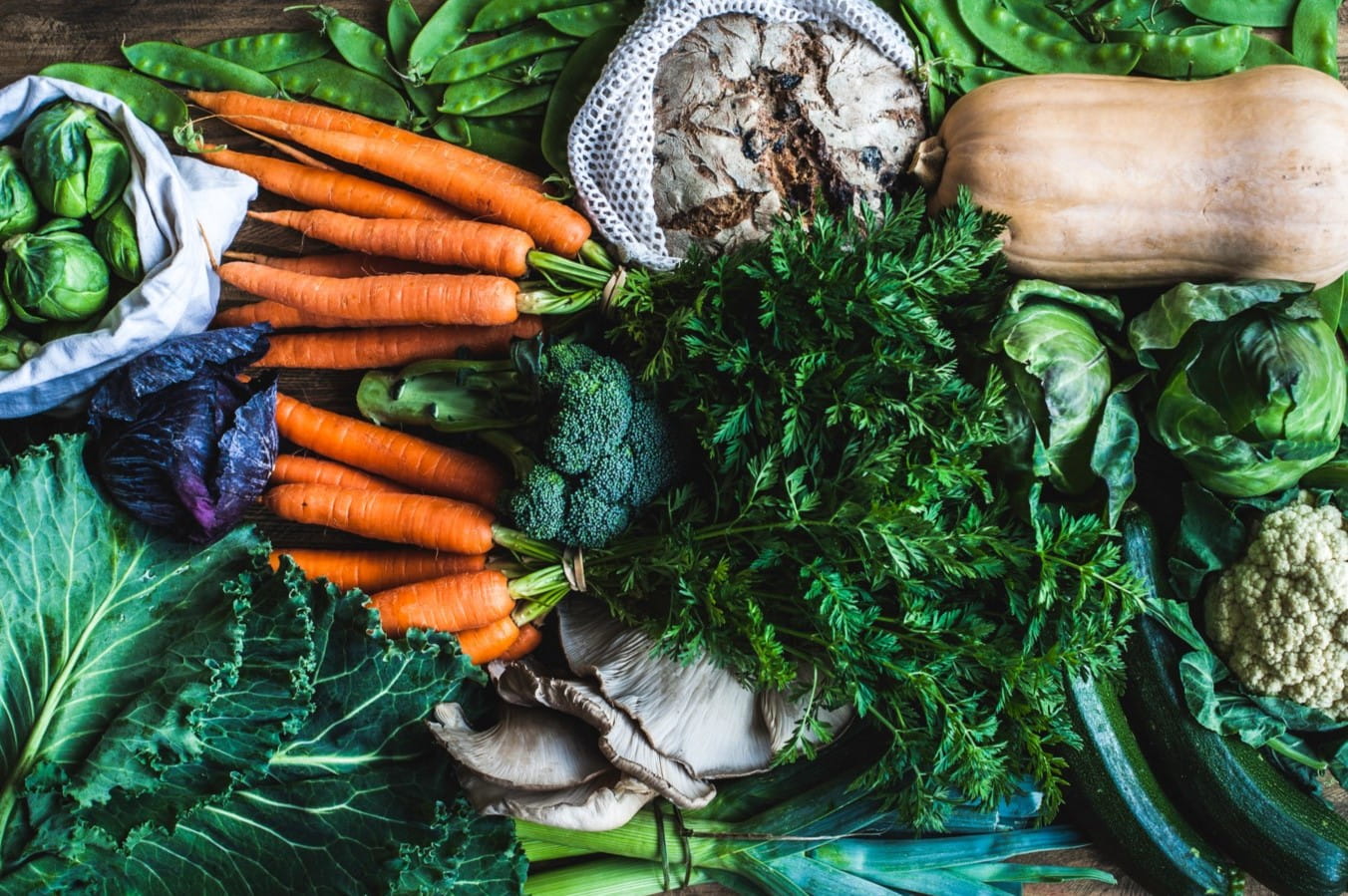
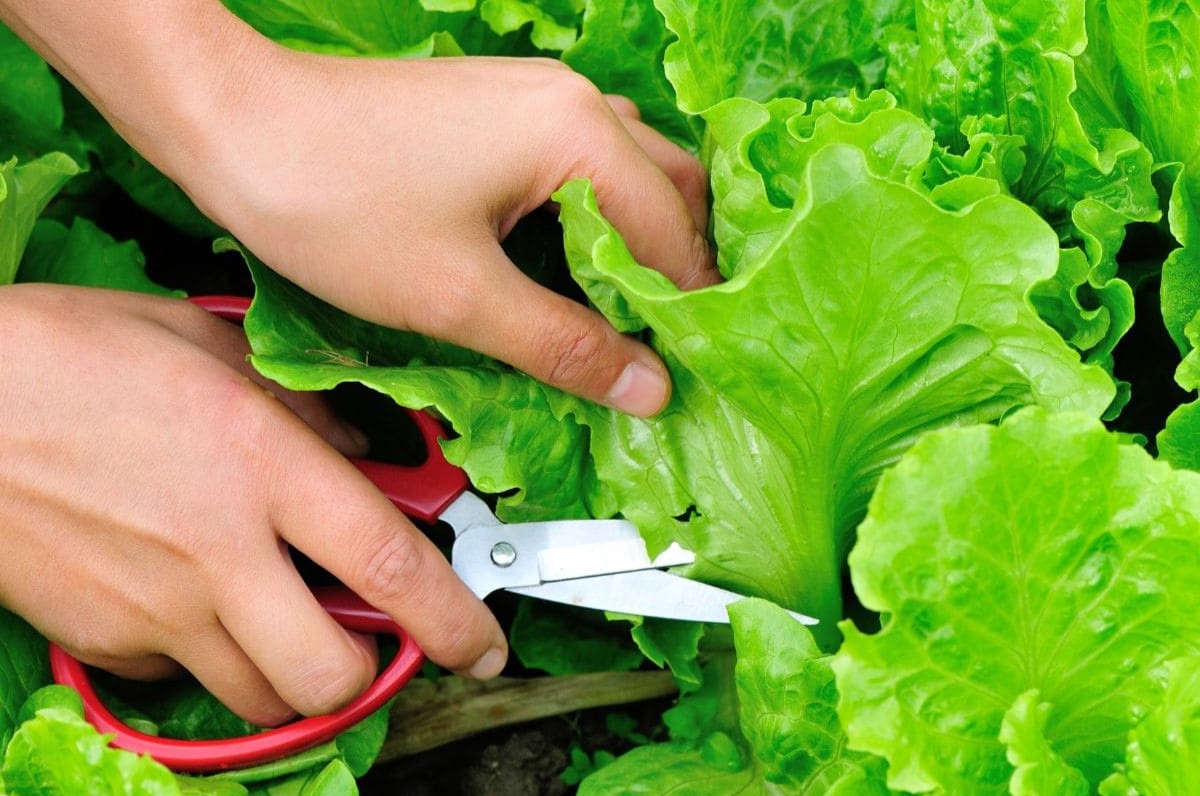
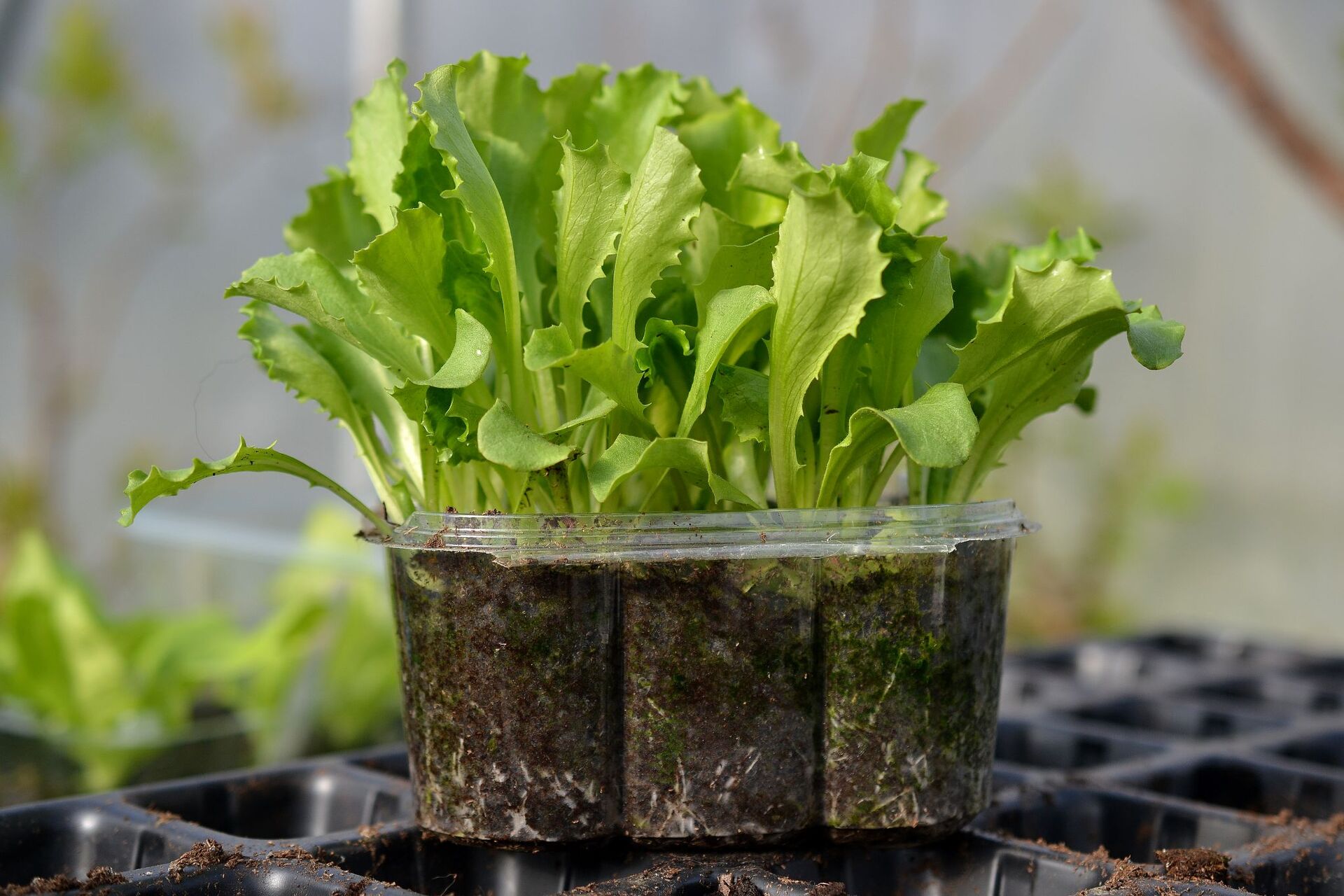

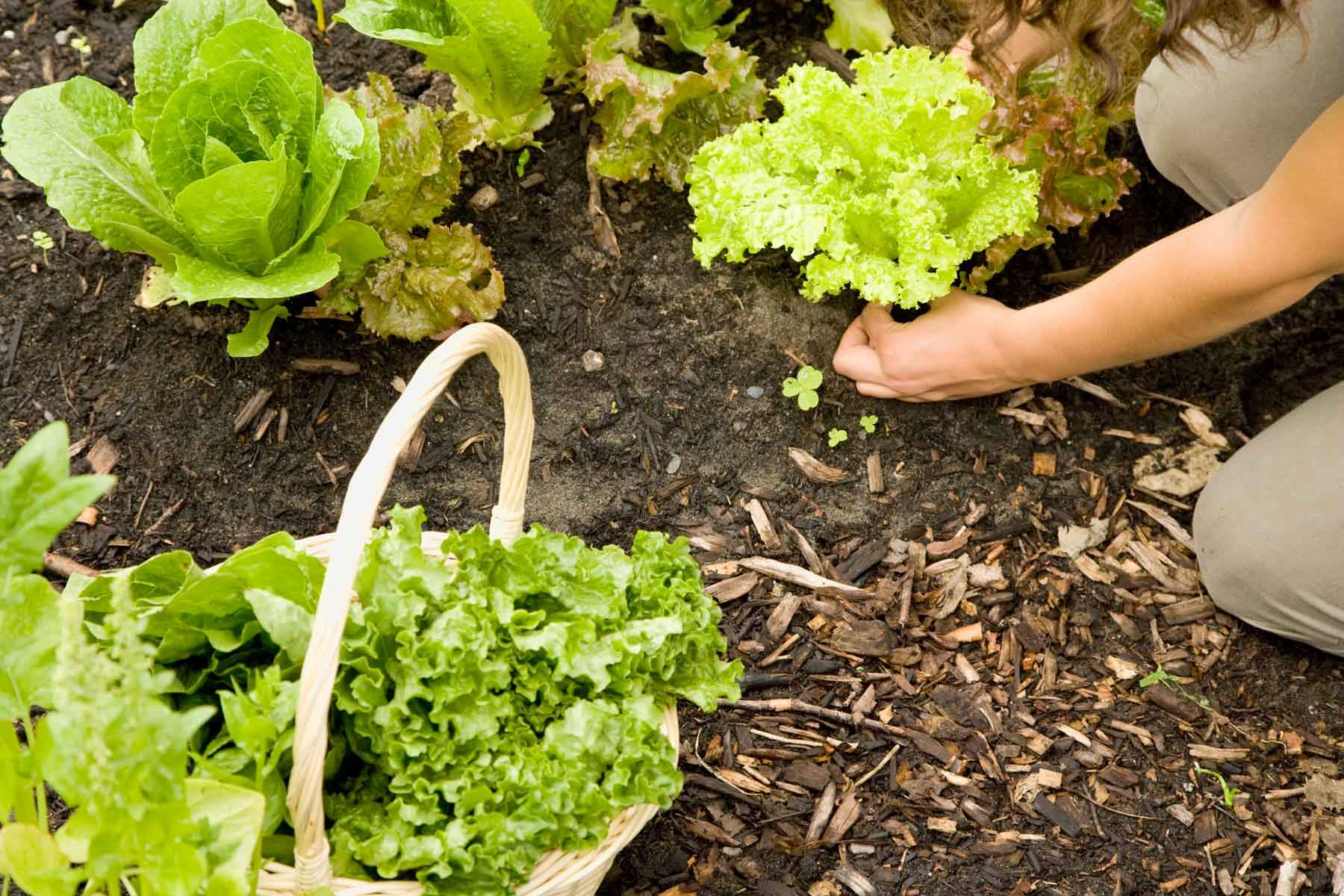
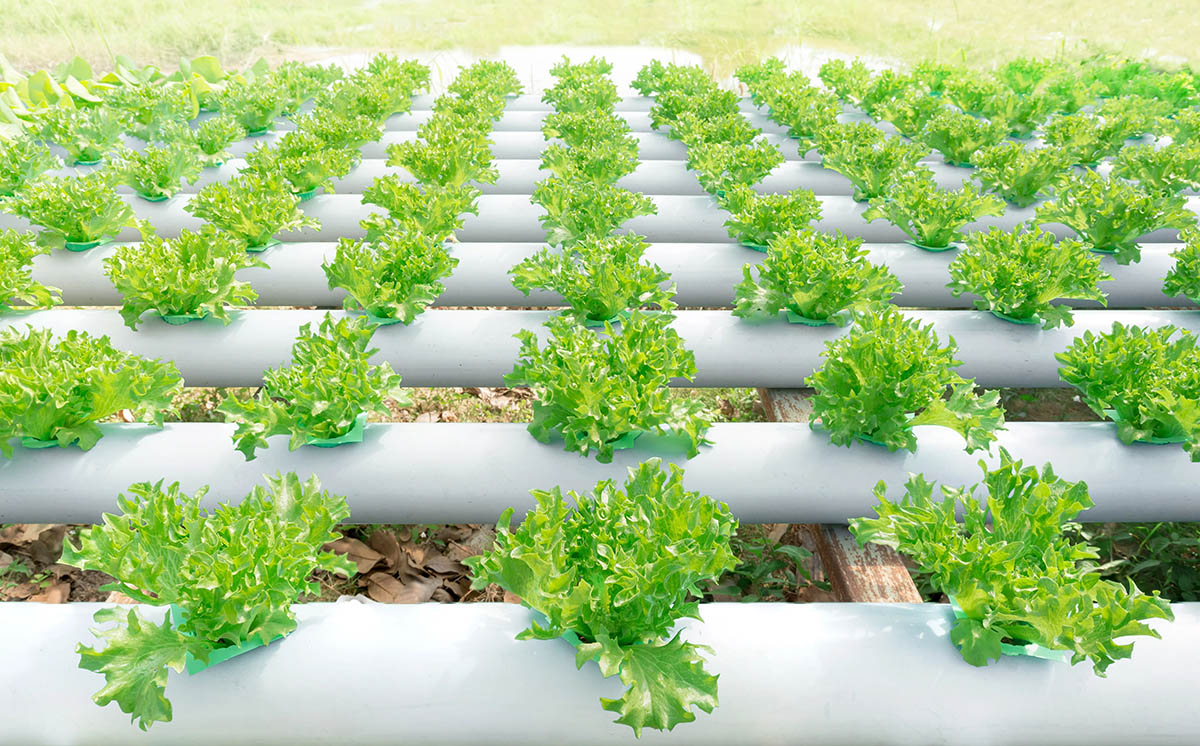
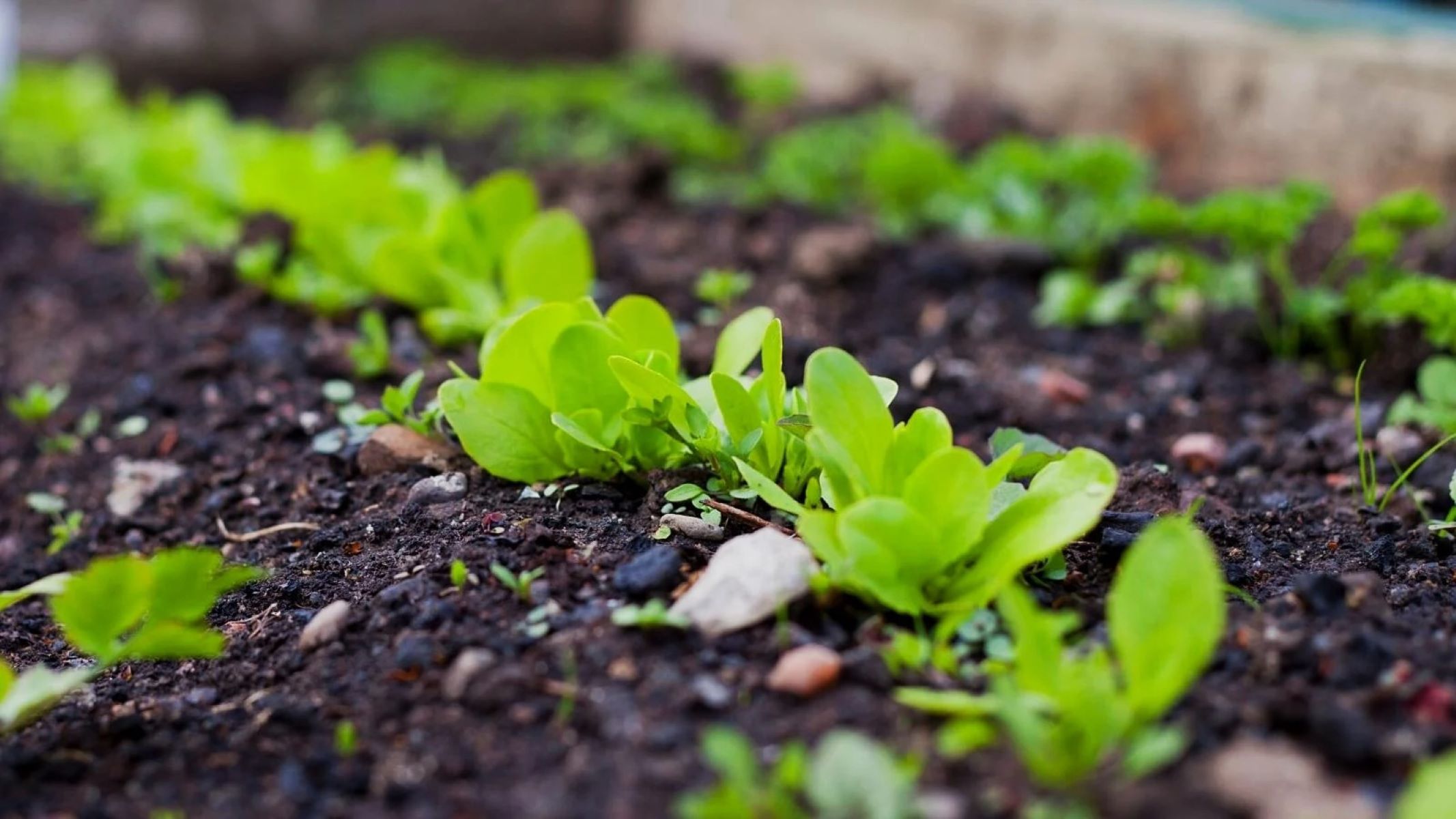
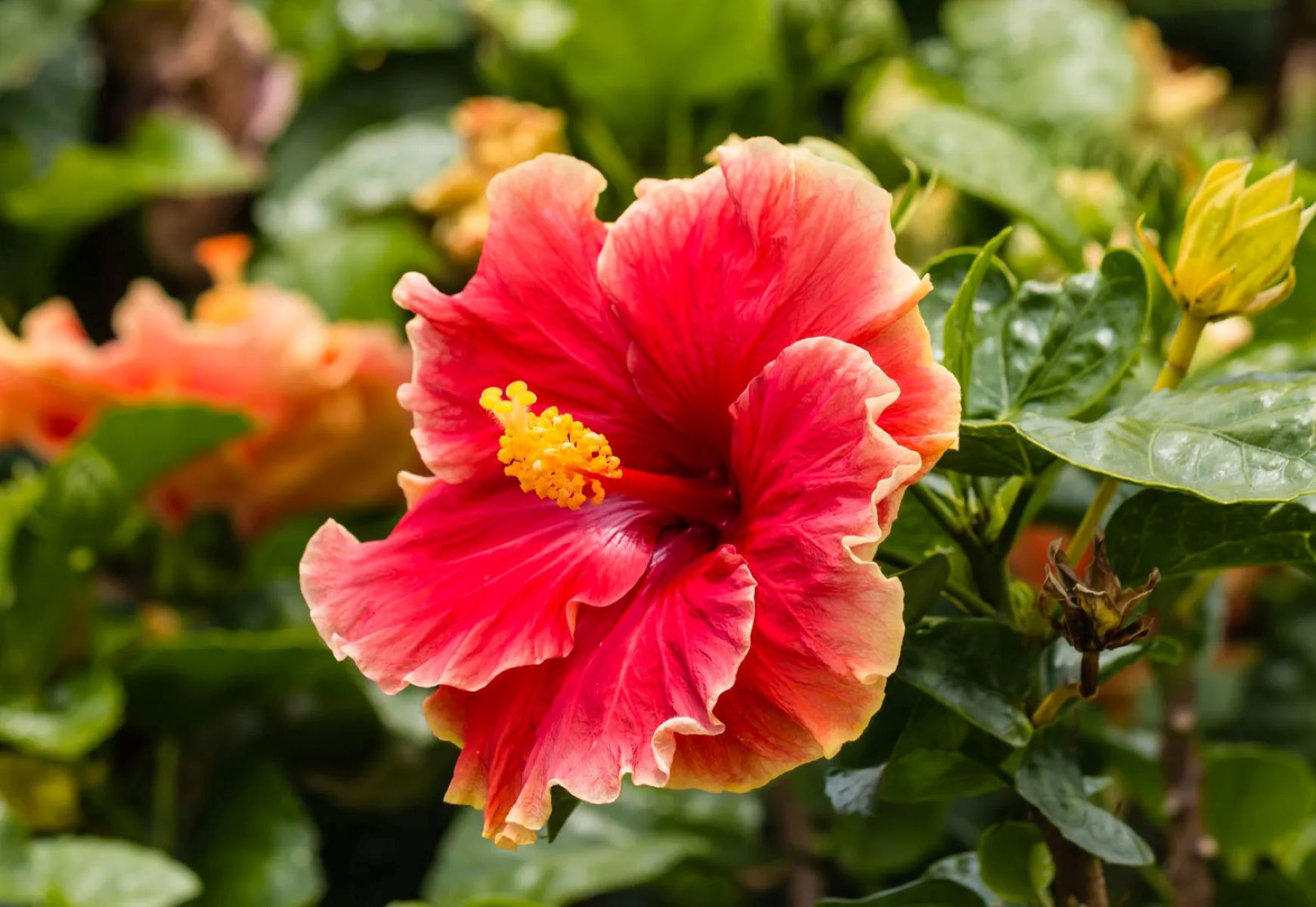
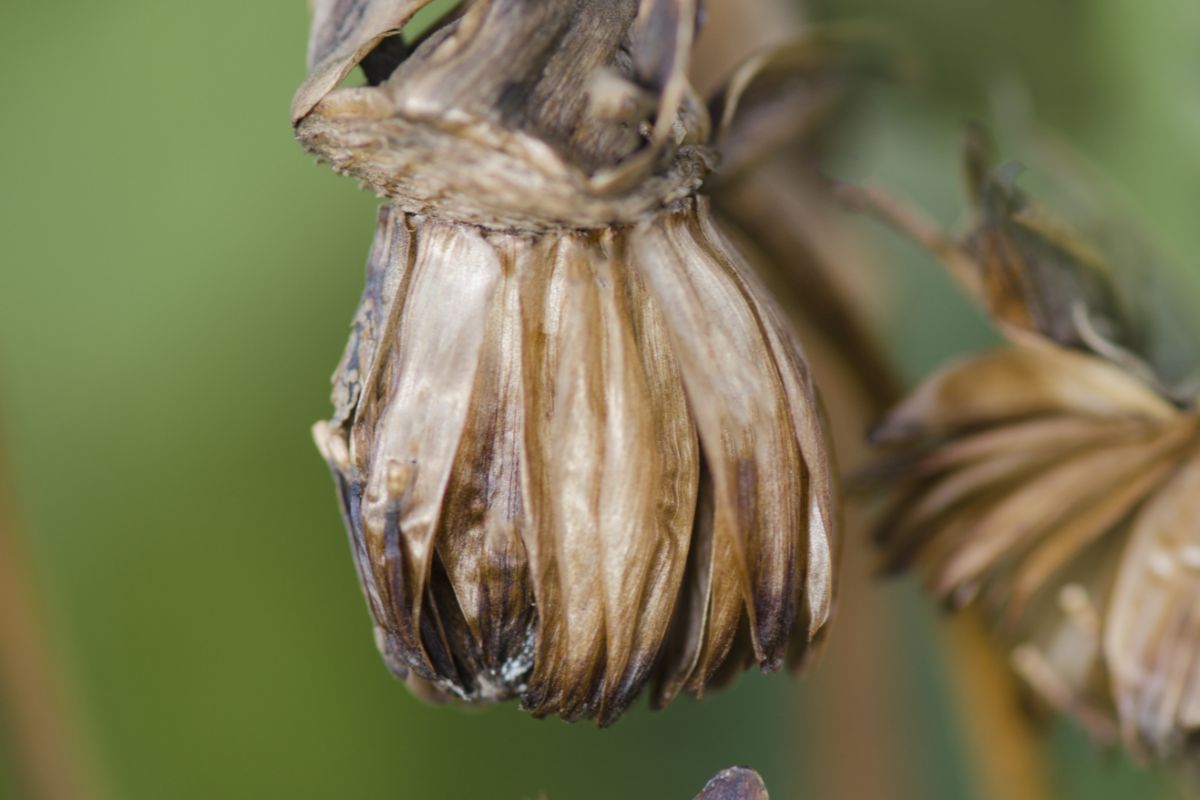
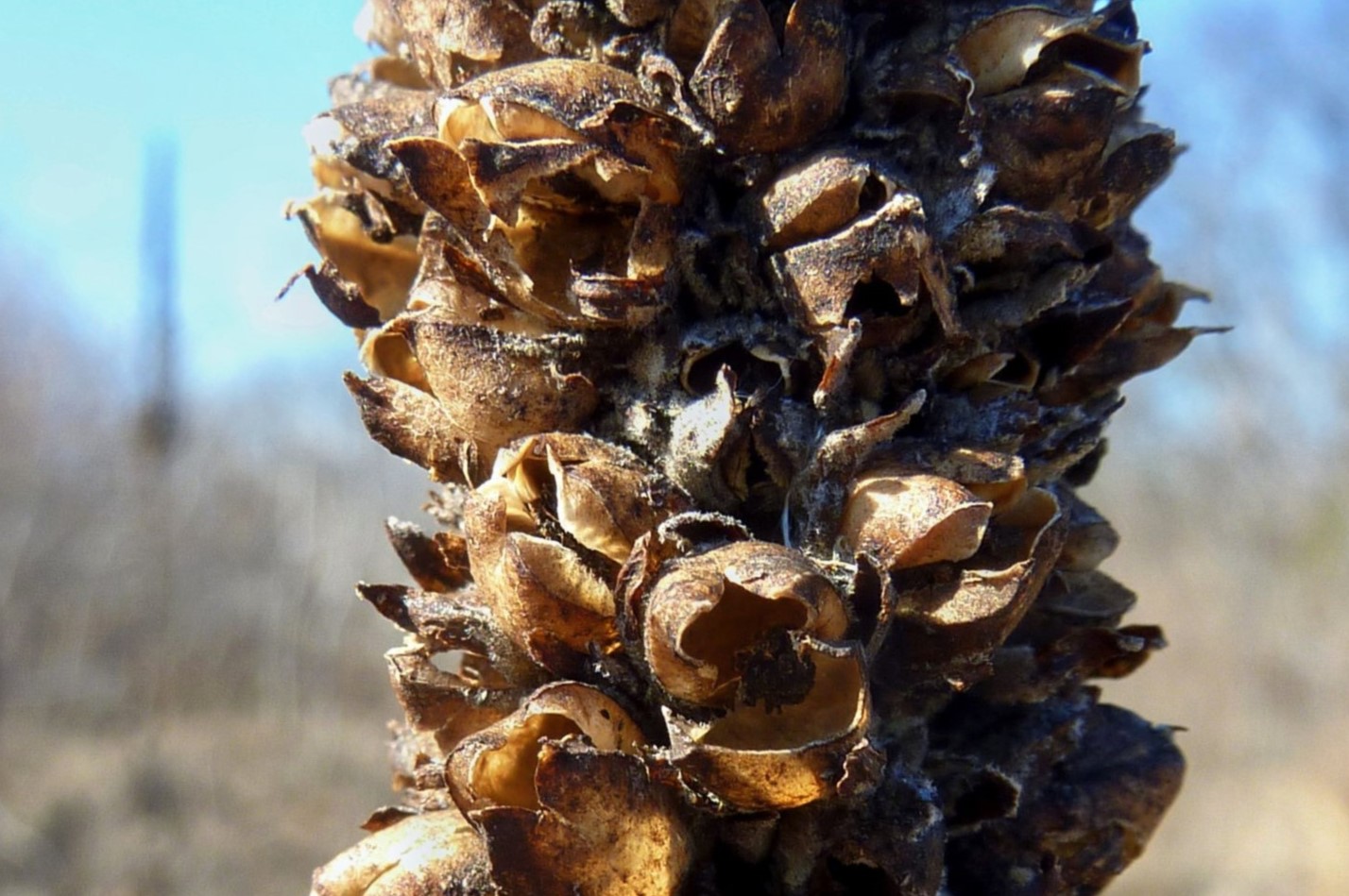
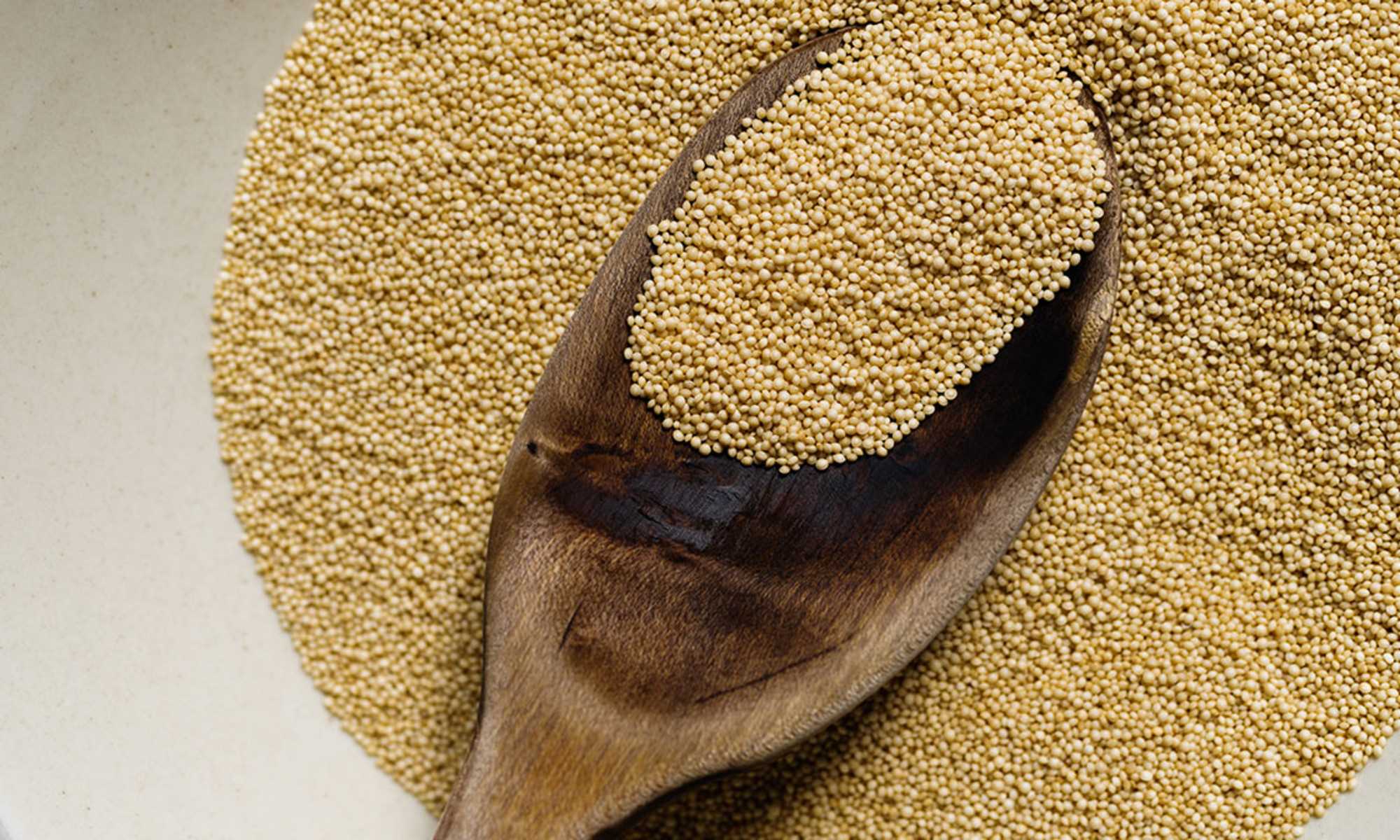
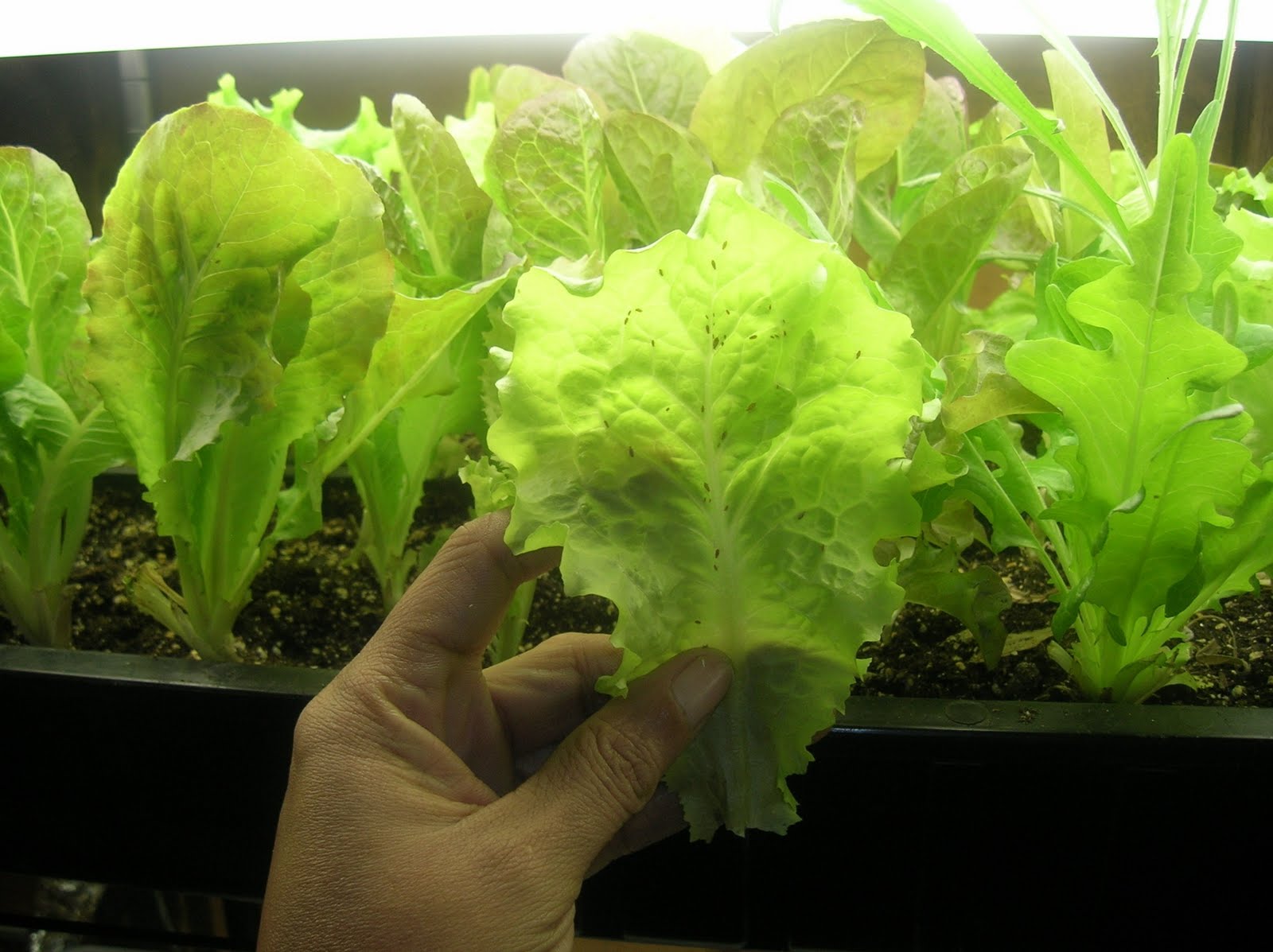

0 thoughts on “How To Collect Seeds From Lettuce”